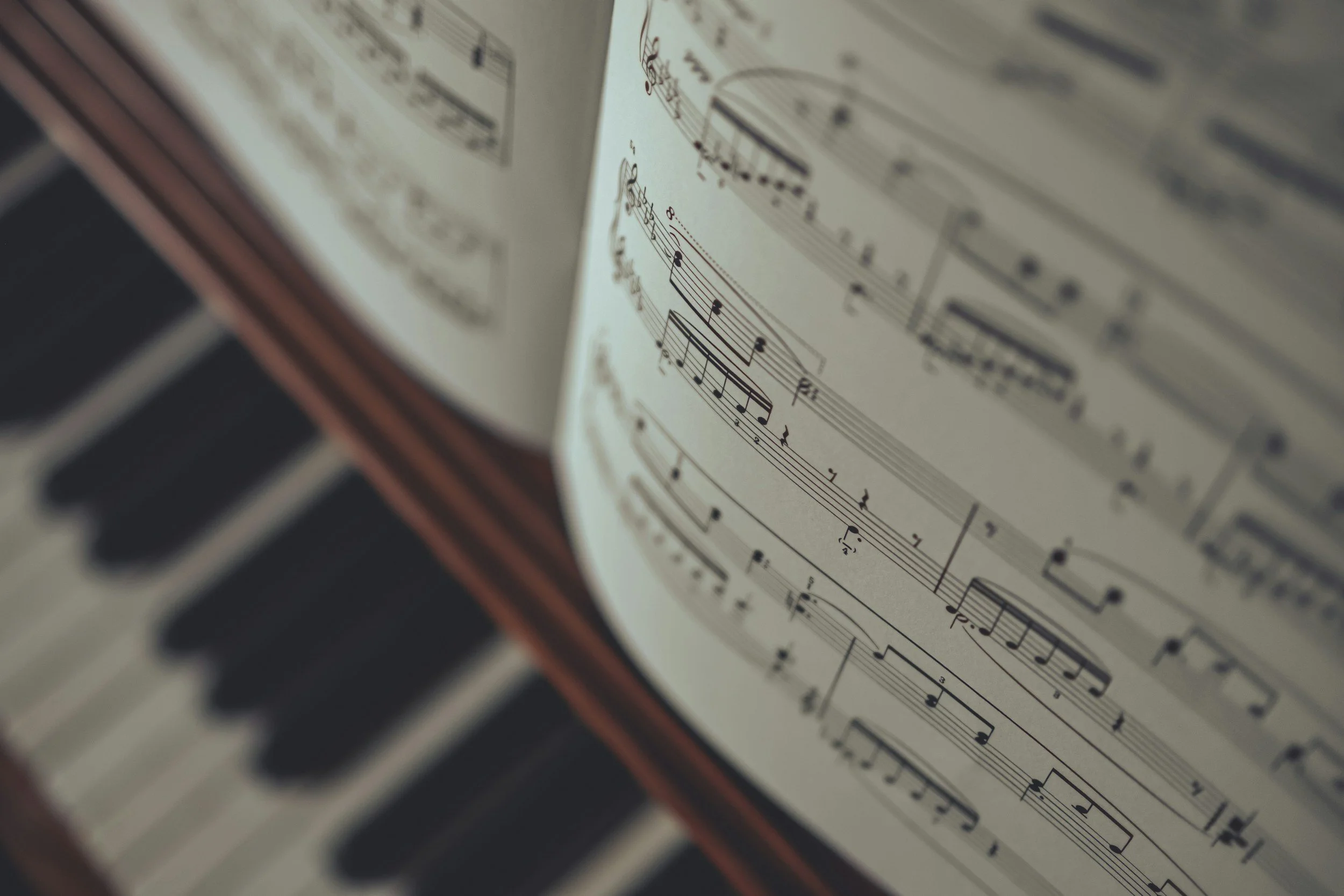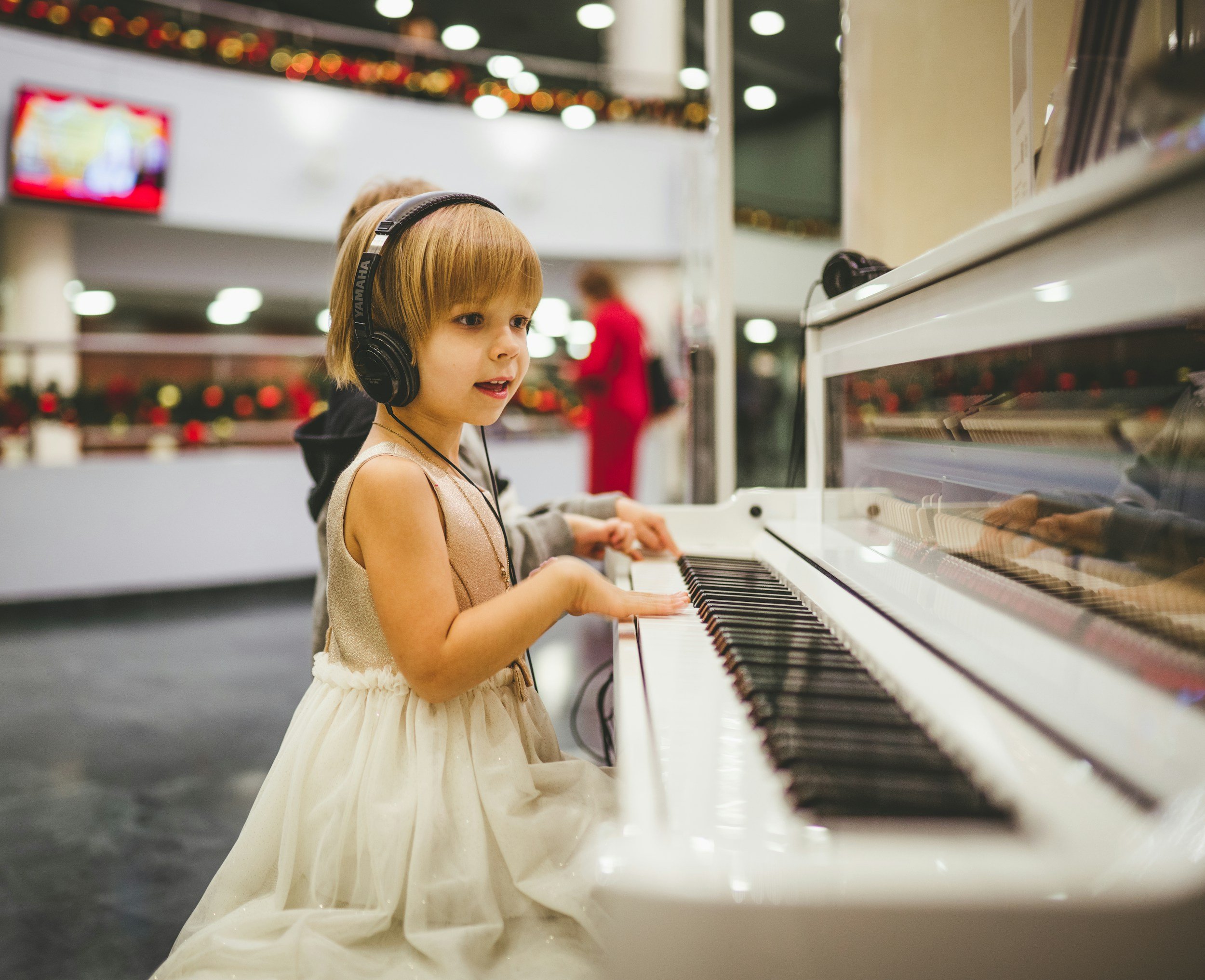Looking for new things to try out this summer? This blog will discuss some easy, free digital music composition resources to get you started!
You don’t have to be a professional audio technician to make great digital music!
A New Summer Pursuit?
As the school year begins to wrap up, many of us may be on the lookout for new and engaging resources to entertain our kiddos and/or students this summer. Let me recommend digital music composition! As a general music teacher, I have experimented with lots of different activities and lessons over the years in an attempt to teach important skills and standards while keeping students excited about music. Using digital music creation sites has been wildly successful in that area, and has allowed some students who aren’t a part of performance ensembles to shine.
There are numerous free resources that educators can use to demonstrate digital music composition for their students. I generally pair these activities with information on film scores or video game history, as it creates a touchstone for students to understand the importance of soundtracks. It can also give them a jumping-off point when making their own tracks. I try to keep assessments pretty general so that students have lots of opportunities to write what they enjoy or sounds good to them. But, I do give some parameters so as to avoid the “curse of the blank page.”
Below, I will include a list of the sites I have used along with the age ranges and technological capacity that tends to be necessary. Most of these sites are convertible between Mac or other devices, but some programs (such as Garageband) are exclusive to specific brands.
Teaching students the relevance of soundtrack music is a wonderful way to take something most kids do (watching movies, playing video games, etc.) and turn it into an educational experience. I like to encourage meeting students where they are—when we discuss the genesis of 8-bit music in 7th grade, students already understand at least some of what we discuss since they encounter these things in their daily lives. That way, when asked the age-old question “When are we going to use this in our real lives?” one can point out that they already do! Does the music in a video game make the experience more immersive? Imagine watching a favorite show or movie with no music—would Darth Vader be as scary without his theme song?
I also believe that allowing students to take the reins and be creative goes a long way in building lifelong musicians. In the music classroom or studio, we have the capacity to allow for hands-on work and individual artistry that isn’t available in many other classes. With composition, I try to provide the tools and some examples and then give students time to experiment and play around with the sounds. As previously mentioned, providing guidelines is important, but I try to keep them minimal so as to allow students the individual capability to create.
Pretty much all of the music composition resources below can be accessed with any sort of computer—no plugins or synth keyboards required!
Digital Music Resources Anyone Can Use!
I have used nearly all the following resources in my middle school general music classes. Some might be a bit tricky to use with elementary students (depending on age and capability), and most offer a free option. I’d recommend familiarizing yourself with the ins and outs of the site before assigning or using it in lessons just in case there are questions from your students. Have fun!
Chrome Music Lab: https://musiclab.chromeexperiments.com/Experiments This site is free and very easy to use. There are numerous “Experiments” available, and this is a fabulous site to use for scavenger hunts. The Songmaker experiment is a very simple clickable song creator that does allow for an exportable URL. However, that URL does have to be kept somewhere (I usually have students email it to themselves) or the work will disappear.
Beepbox: https://www.beepbox.co (or just google Beepbox) This site is a fantastic way to discuss Chiptune music. The interface is a bit more complex than Chrome Music Lab, and there are many more instrument and customization options. I’d recommend really digging into the site on your own before introducing it to students. Simply scrolling down on the landing page will also show instructions and include some links to songs that have been created. I love using this website after talking about video game music.
Audiotool: https://www.audiotool.com/ This site is free, but it does require a signup. I had limited success with Audiotool when using it with my middle school students as it’s not quite as user friendly as other sites. However, this is a great resource for your more advanced students, or those who are looking to get deeper into digital music creation.
Musescore: https://musescore.org/en This is more of an app than a webpage, but it’s a free notation and composition software. Once again, a bit more advanced—think free version of Sibelius or Finale. I’d recommend this software if you have students wanted to write music of a more classical genre. There is playback included, but the instrument quality isn’t incredible. Still, a great resource to have in a back pocket!
Try it out!
Technology is here to stay, and its integration into education and music is going to continue to increase. Might as well make the best of it and enjoy the process! There are many other options out there for digital composition: Audacity, Garageband, and Protools, to name a few. Use whatever works best for you, and have fun with it! You might just learn a thing or two yourself along the way.
If you are interested in any of the resources I’ve used in lessons and classes myself, feel free to contact me at my Vibe email. I’m always delighted to share. Happy composing!
-Charissa Garrigus, Instructor at Vibe Music Academy































